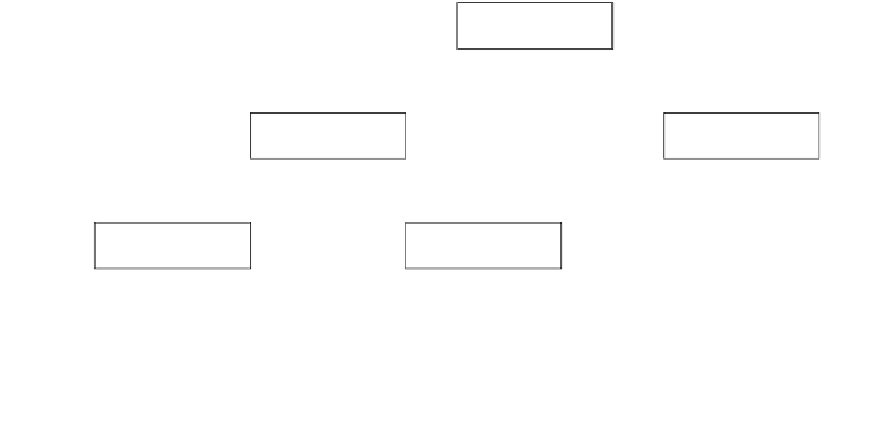Information Technology Reference
In-Depth Information
Dynamic Routing Protocols Classification Chart
The chart in Figure 3-2 is a succinct way to represent the major classifications of dynamic routing
protocols. For each of the empty boxes, write in the missing protocol.
Figure 3-2
Classifying Dynamic Routing Protocols (Answer)
Dynamic Routing
Protocols
Interior Gateway
Protocols
Exterior Gateway
Protocols
BGP
Distance Vector
Protocols
Link-State
Protocols
RIPv1
IGRP
OSPF
IS-IS
RIPv2
EIGRP
Dynamic Routing Protocols Classification Exercise
Routing protocols can be classified into different groups according to their characteristics.
IGP and EGP
An
autonomous system
(AS)—otherwise known as a
routing domain
—is a collection of routers under
a common
administration
. Because the Internet is based on the
autonomous system
concept, two types
of routing protocols are required:
Interior gateway protocols
(IGP)
■
Exterior gateway protocols
(EGP)
■
Characteristics of IGPs and EGPs
An IGP is used to route
within
an
autonomous system
. IGPs for IP include
RIP
,
IGRP
,
EIGRP
,
OSPF
, and
IS-IS
. EGPs, on the other hand, are designed for use
between
different
autonomous sys-
tems
that are under the control of different
administrations
.
BGP
is the only currently viable EGP and
is the routing protocol used by the
Internet
.
BGP
is a
path vector
protocol that can use many different
attributes
to measure routes.
Distance Vector and Link-State
IGPs can be classified as two types:
Distance vector
routing protocols
■
Link
-
state
routing protocols
■


















